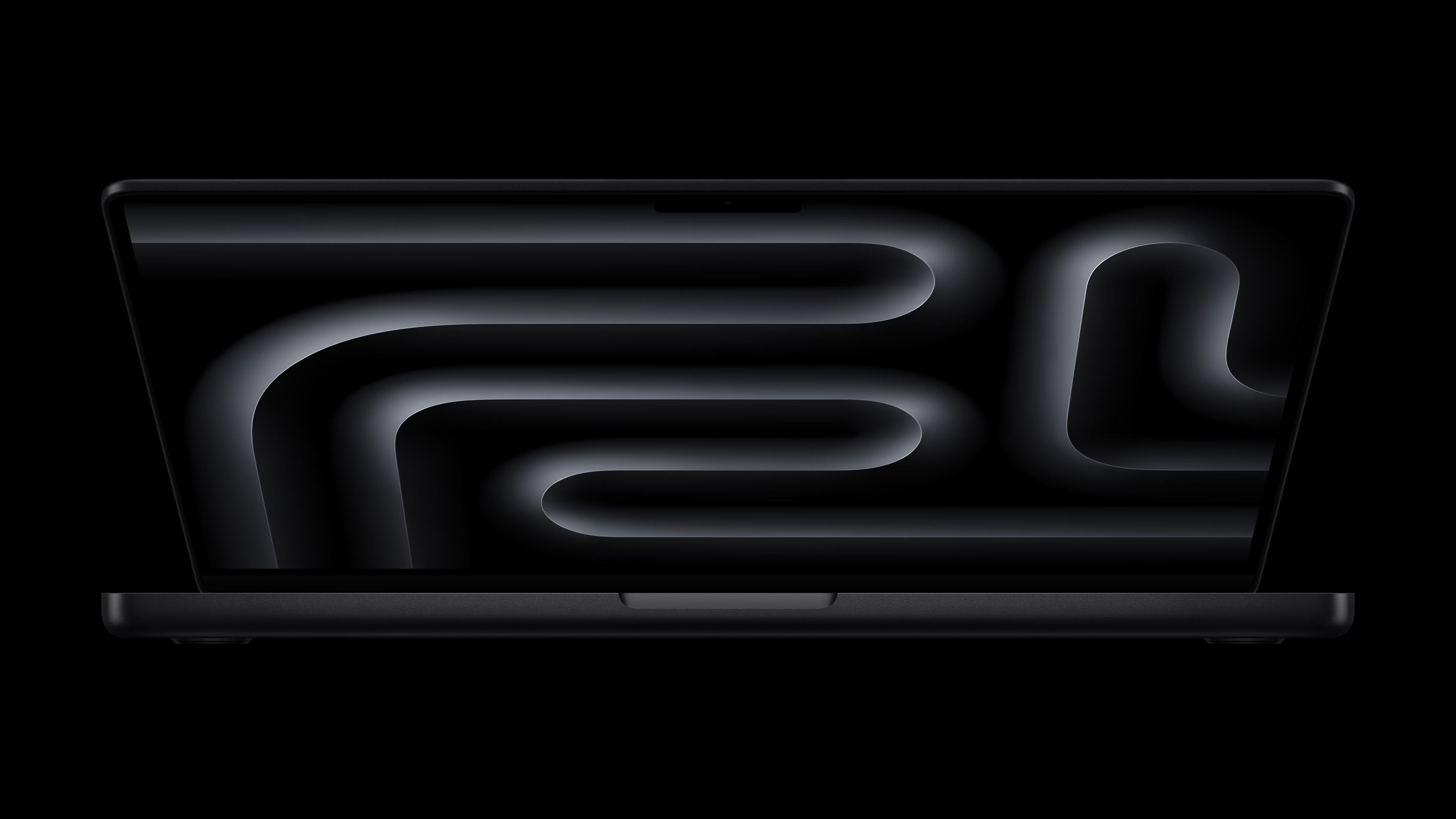Apple Unveils 14-inch M5 MacBook Pro, But Holds Back Pro and Max Variants
Pre-orders for the new 14-inch M5 MacBook Pro kicked off at 8:00 AM PDT today, October 15, with devices expected to start shipping and appear in stores as early as October 22 in key markets like the US, UK, and Canada. Global expansion is set for early November. This staggered approach suggests a careful strategy from Apple, one that’s worth examining.
The M5 Chip Arrives: A Focus on Efficiency and AI
At the heart of this new 14-inch MacBook Pro is, of course, the M5 chip. Apple touts a 10-core CPU (featuring 4 performance and 6 efficiency cores), a 10-core GPU, and a beefed-up 16-core Neural Engine. According to Apple's own benchmarks, users can expect up to 30% faster CPU performance and a 25% boost in GPU capabilities compared to the base M4 chip. That's a pretty substantial leap, especially on the CPU side.

But it's not just about raw speed. A major differentiator this time around is the deeper integration with Apple Intelligence features and enhanced capabilities for AI workloads. The M5 boasts hardware-accelerated ray tracing for better graphics performance and is reportedly twice as fast for machine learning inference. This positions the 14-inch M5 MacBook Pro as a future-proof machine for creators and developers who leverage AI in their daily workflows. Battery life also sees an improvement, now rated at up to 22 hours for video playback—two hours more than its M4 predecessor. Who doesn't want more battery life, right?
Apple's Staggered Strategy: Why No Pro or Max?
This time, however, Apple seems to be taking a page from its M1-to-M2 transition playbook, releasing the base chip first with the more powerful Pro and Max variants expected "months down the road," likely in Q1 2026. This move has analysts speculating about several factors. Are global chip shortages playing a role, forcing Apple to prioritize the highest-volume base chips? Is it a strategic decision to manage supply chain constraints? Perhaps it's a way to test market reception for the base M5 amid rising competition from Qualcomm's Snapdragon X chips in the Windows arena. It’s a smart way to target budget-conscious pros first, but it definitely risks alienating those power users who need the absolute top-tier GPU performance for intensive tasks like 8K video editing or complex 3D rendering. They're left waiting, or perhaps considering an M4 Max instead.
Beyond the Chip: What Else is New?
Pricing for the base model starts at $1,599 for 16GB unified memory and 512GB SSD in the US, with configurable options up to 32GB memory and 2TB SSD, pushing the price towards $2,999. Regional pricing varies, with the EU seeing a starting price of €1,849 and the UK at £1,599. Apple also highlights its continued commitment to sustainability, with the chassis now featuring 50% recycled aluminum and carbon-neutral manufacturing claims.
Mixed Reactions and What's Next
The immediate reactions from both experts and the wider community have been, predictably, a mixed bag. Many tech reviewers, like Marques Brownlee, praise the efficiency gains and improved battery life, calling it a "solid upgrade for base users." The focus on AI features also garners significant interest, with some users on social media noting it's "finally a Pro without overkill specs—perfect for my coding workflow."
However, there's palpable frustration over the lack of Pro and Max variants at launch. Comments across Reddit and AppleInsider forums express disappointment, with some calling it a strategic delay to push consumers to upgrade again later. For professionals relying on those higher-end chips, this means either sticking with their M4 Max or waiting patiently for an unspecified future date.
So, while the 14-inch M5 MacBook Pro brings a commendable leap in performance, efficiency, and AI capabilities for its base model, its launch strategy certainly provides food for thought. We’ll be watching closely to see how this impacts sales, market share, and of course, when those M5 Pro and M5 Max chips finally make their grand entrance.
